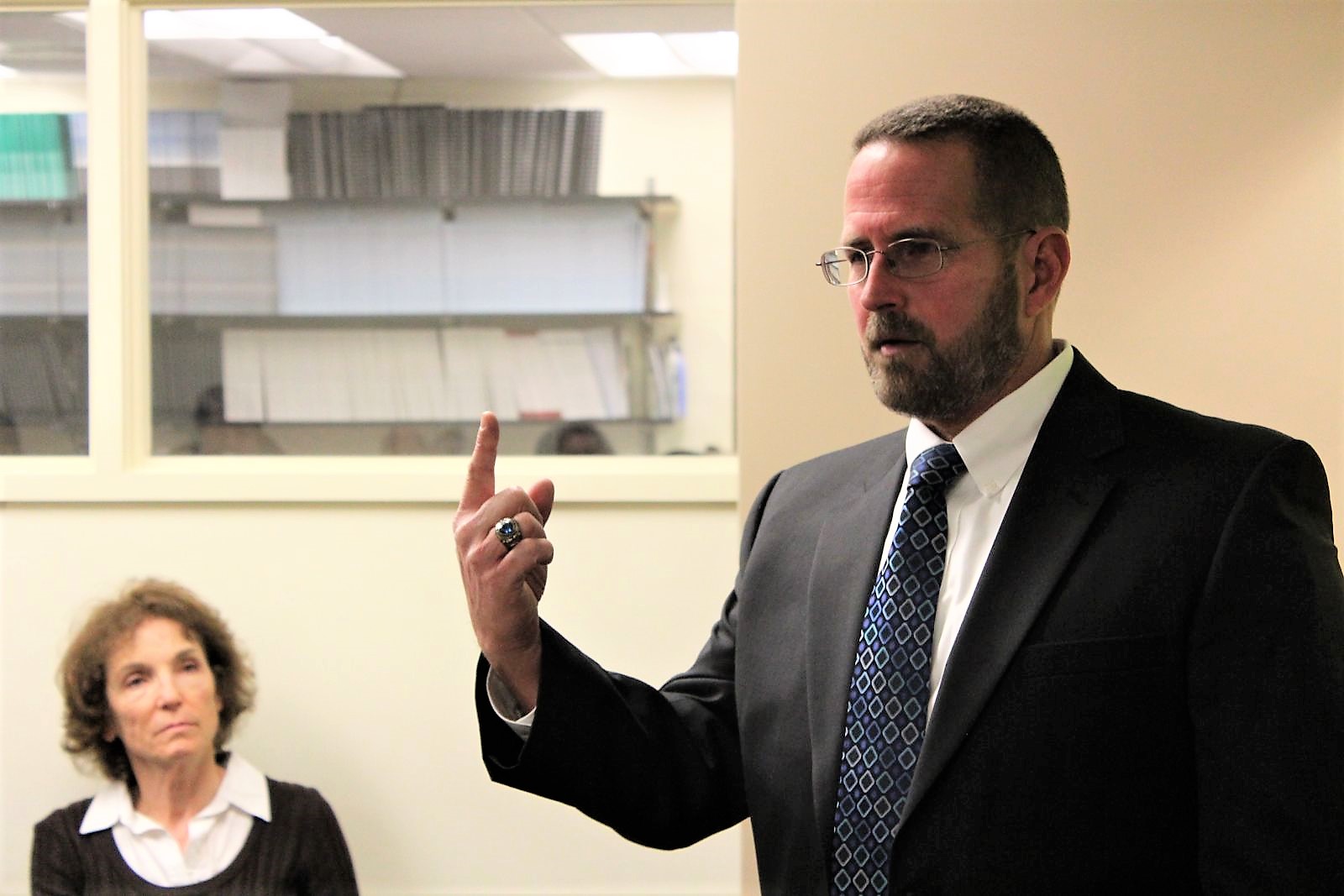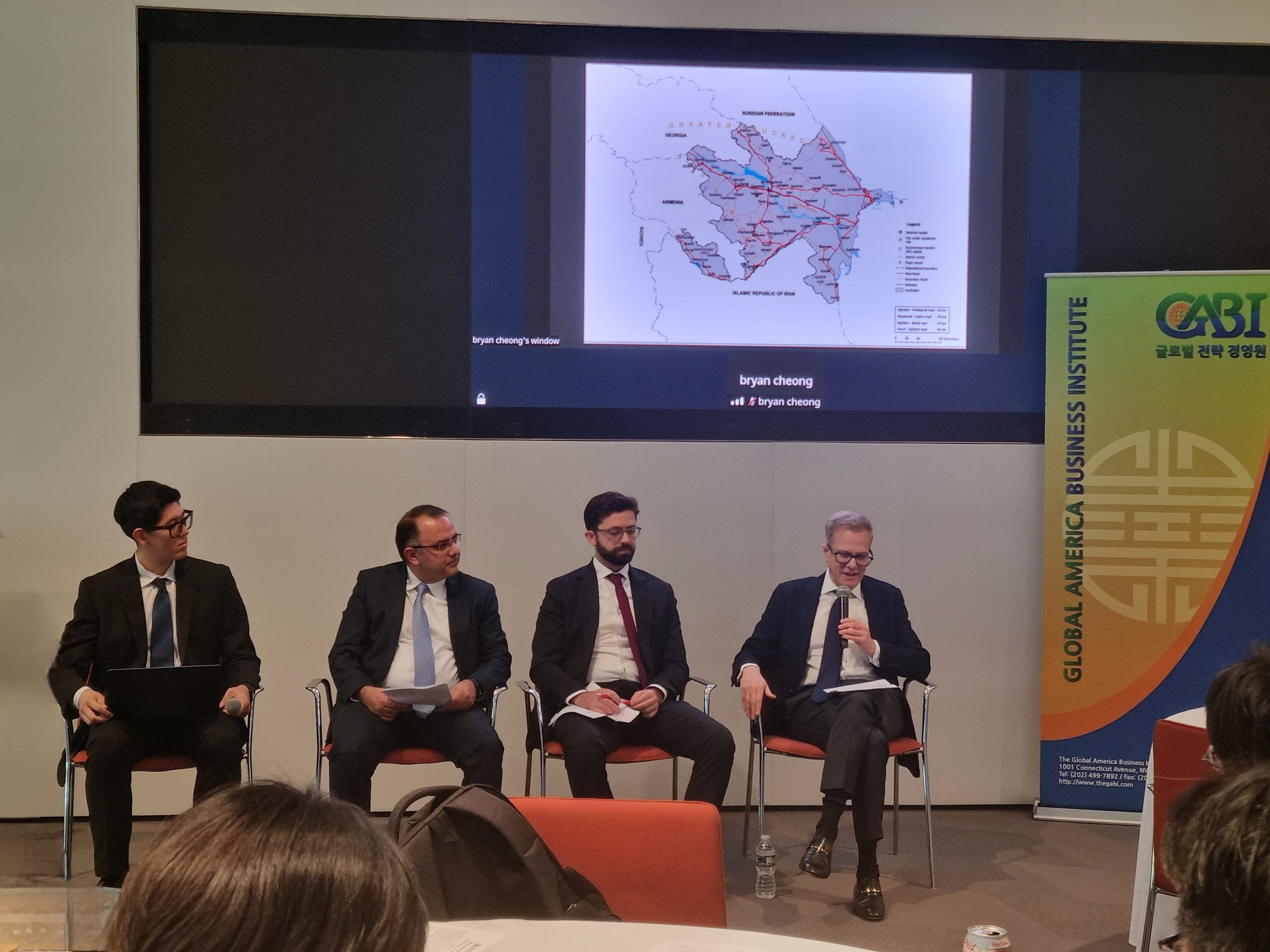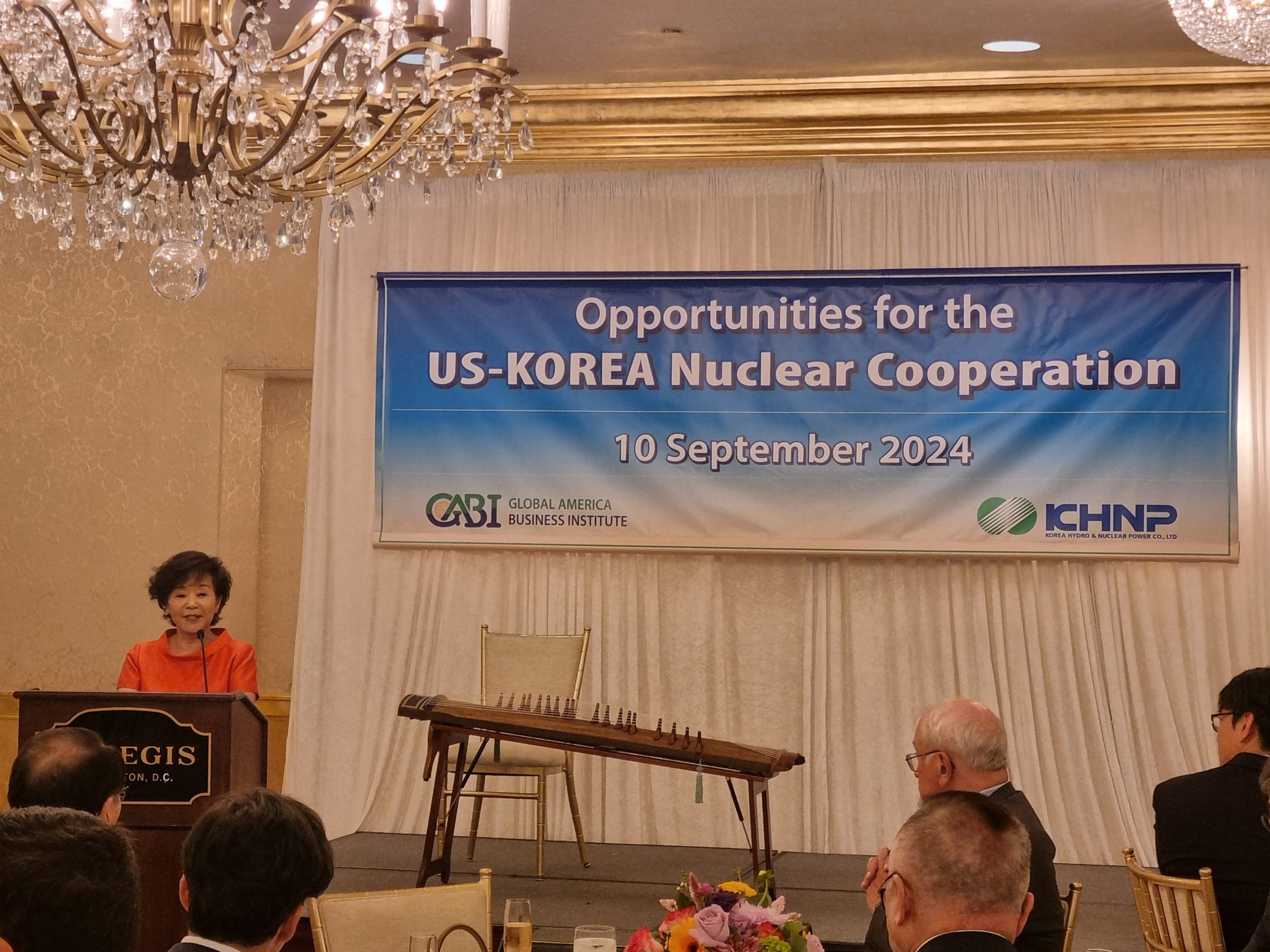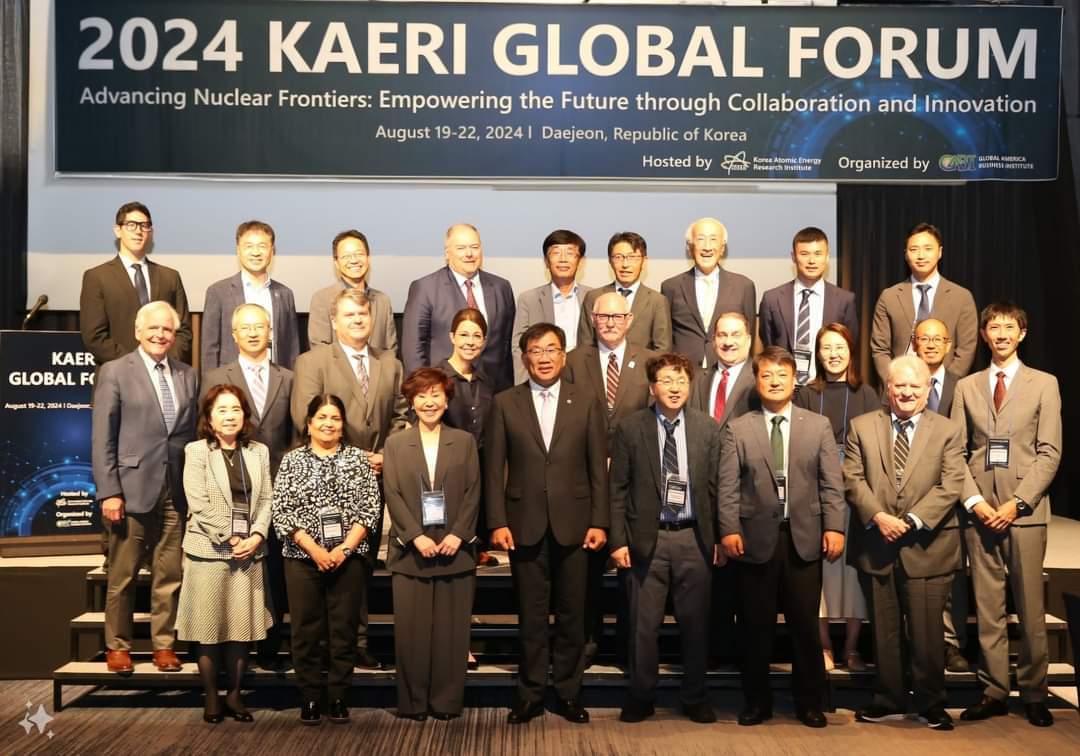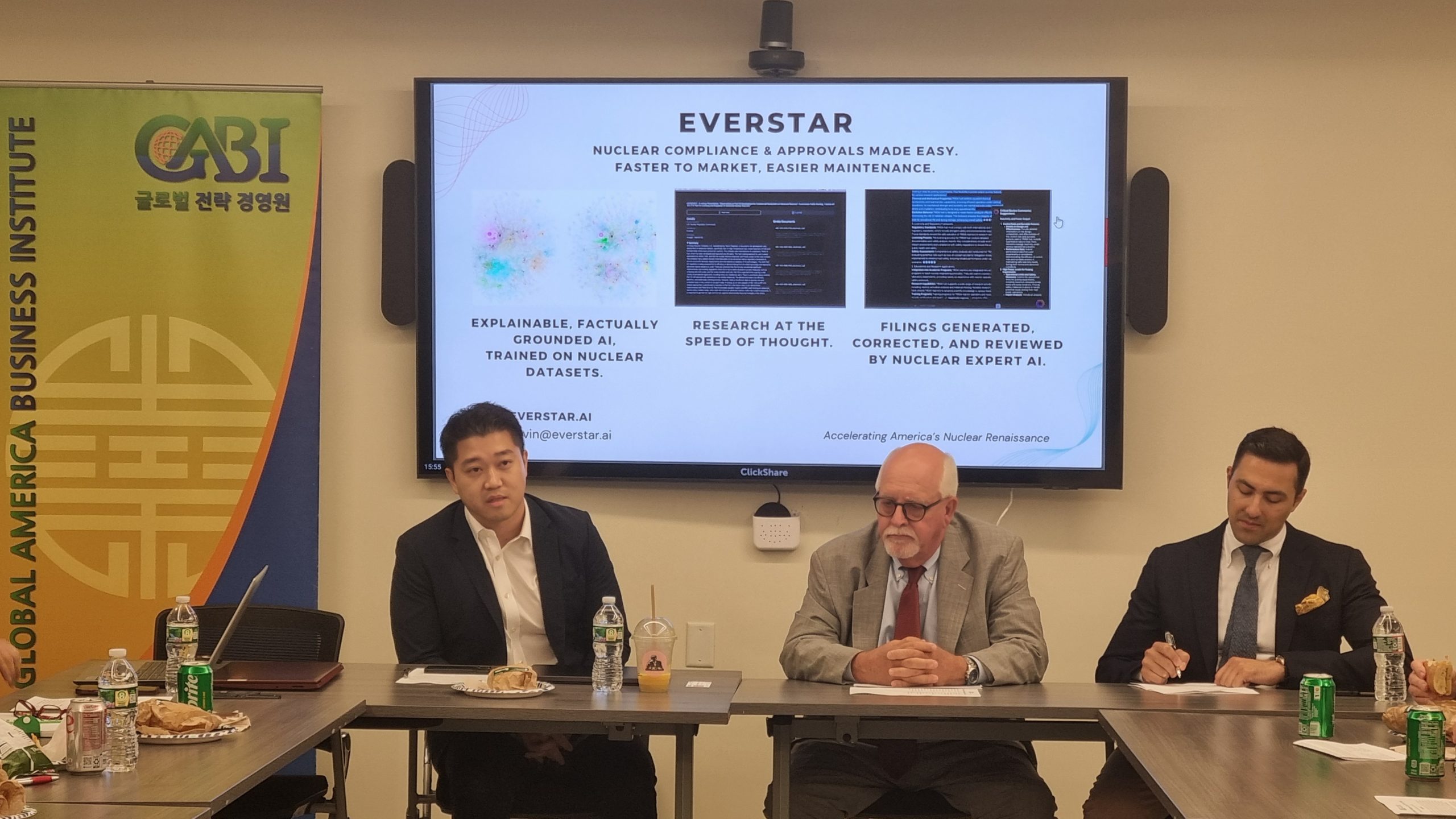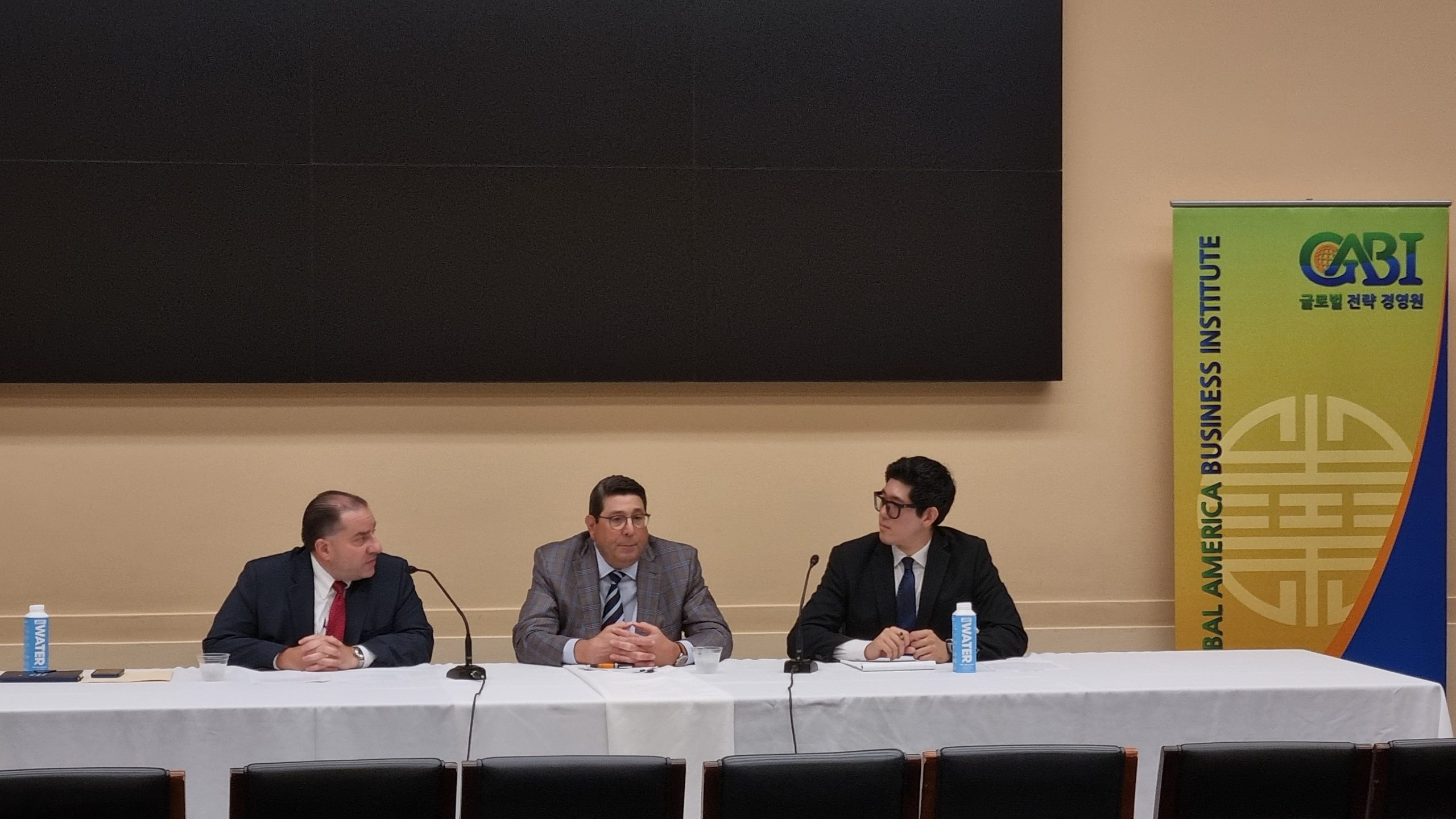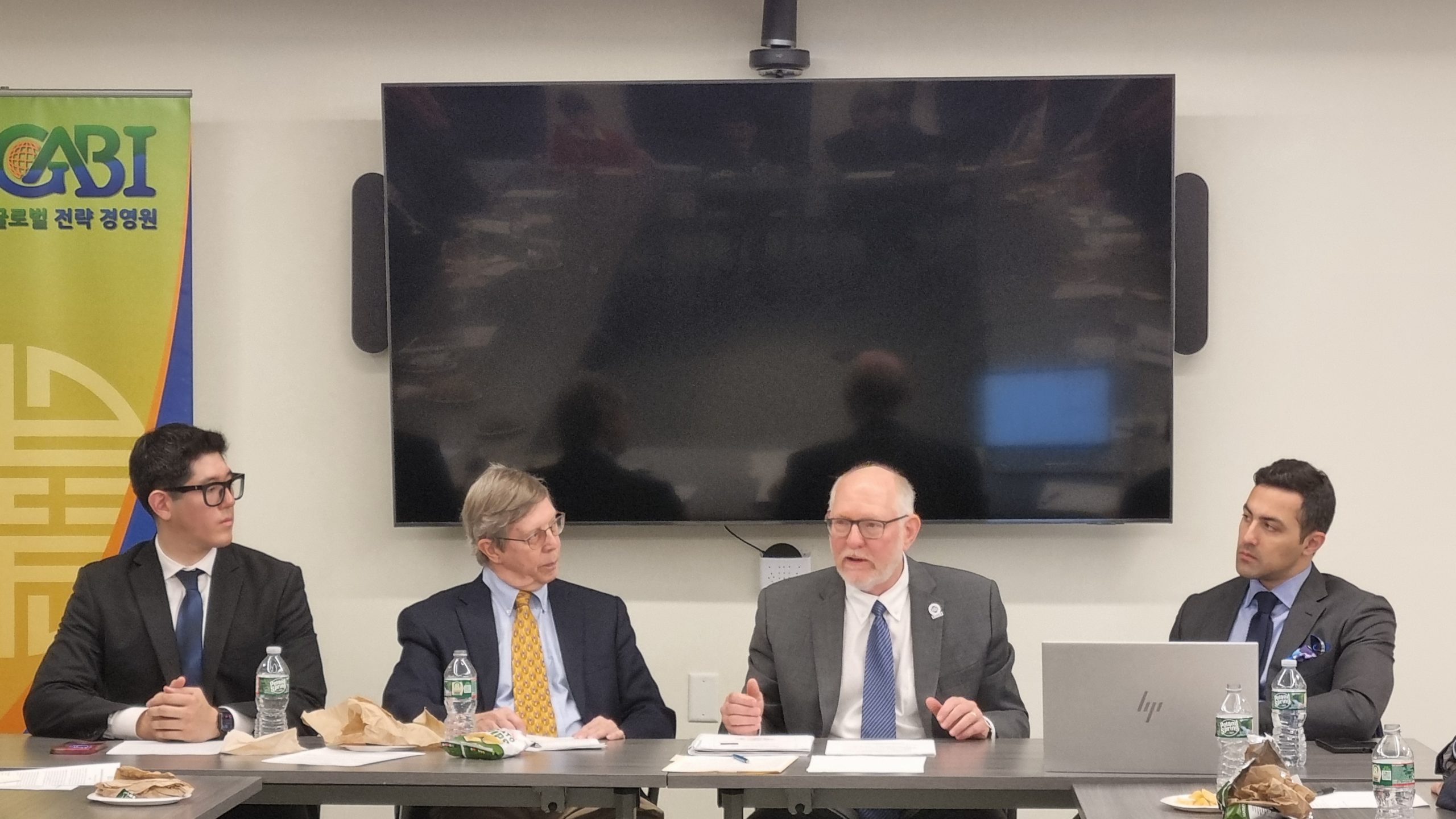Nuclear power is the largest carbon-free energy source in the US, with a steady and predictable cost of electricity that is not subject to fluctuations as with conventional fossil fuels. Although the US remains the largest producer of nuclear generated electricity in the world, the future of American nuclear power faces many uncertainties. Several US plants have recently been shut down by utilities as a result of temporary market conditions created by the excess supply of natural gas from shale fracking. Even though there are many doubts about the long-term sustainability of the shale gas revolution, US nuclear plant operators have nevertheless faced immediate financial pressures from extremely low natural gas prices. While some optimism lies in the development of small modular reactors (SMRs) and the possibility of carbon pricing in the US, the growing costs of regulation and regulatory uncertainty continue to pose significant obstacles to the advancement and progress of US nuclear power. In particular, American firms seeking to develop next-generation reactors with dramatically enhanced waste and safety characteristics are fundamentally affected by such regulatory barriers. Coalition building, correcting deep-seated and pervasive misperceptions about nuclear technology, and streamlining regulatory processes will be crucial to advancing nuclear energy.

